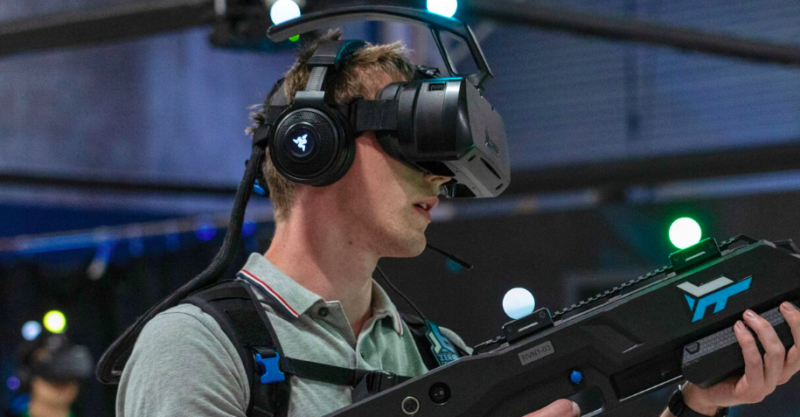
Will 5G Have an Impact on Virtual Reality and Augmented Reality?
This August, Motorola has launched its first 5G smartphone.
Well, this is not entirely true – it has launched the Moto Z3, a smartphone that does not have a 5G modem built into. With the upcoming 5G Moto Mod, though, set to be launched at the end of this year, it will be the first smartphone that will be 5G-upgradeable. This makes it clear that the rollout of the 5G network is closer than we thought. And, given the serious impact 5G will have on the world, it is more important than it seems at first.
What is 5G?
5G is the fifth generation mobile communication standard that has been in the works for the better part of the last decade. It will work on much higher frequencies than the current 4G network, offering superior bandwidth and low latency to its users. It will allow hundreds of thousands of clients to be connected to it at the same time and offer unmatched internet speed to all of them, and it will transform the mobile browsing and streaming experience into one that’s nearly real-time.
But will it have an impact on augmented and virtual reality?
The answer is “Yes”
Among the major beneficiaries of the superior speed and data stability brought forth by the upcoming 5G network, there is VR and AR. Some say that 5G is the key to the development of these technologies, allowing them to unlock their full potential. Virtual reality requires a lot of data to be processed which works fine with local applications but, due to the limitations of the current 4G network, not to mention its inconsistency, it doesn’t work great when accessed remotely via mobile broadband. 5G, in turn, will bring a much lower latency and up to 1000 times faster download and upload speeds.
This will allow a brand new generation of VR and AR applications to be rolled out, transferring the intense computational work required by them from local computers and smartphones to the cloud. This will not only allow more complex applications to be used with lower-level hardware but will also allow the devices to be much slower, lighter, and easier to carry around and use.
Real-life applications
The first real-life applications of VR and AR you can expect to improve with the rolling out of the 5G network is entertainment. The live streaming of events, no matter if they are sports events or concerts, will become much higher-quality thanks to the higher bandwidth offered by the new standard. You can even expect the development of new streaming video formats that will be able to make use of the higher speed, perhaps even offer 6DoF (6 Degrees of Freedom), allowing viewers to look and move around in the streamed event’s environment. Plus, the low latency of the network will finally allow the development of real-time haptic feedback on the go.
Whatever the technologies that will be rolled out with the availability of 5G, one thing is for sure: they will be exciting.
